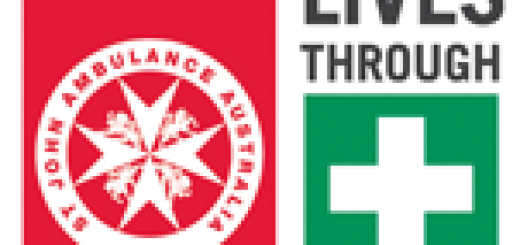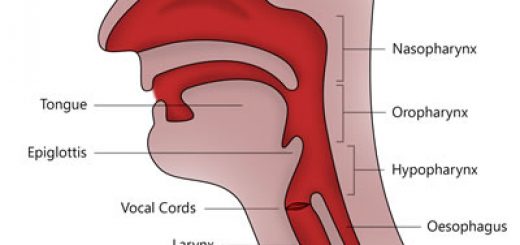What is Bronchiolitis?
An inflammation of the bronchioles—small, thin-walled airways leading from the bronchi (which run from the windpipe to the lungs) to the alveoli, the air sacs of the lungs—is known as bronchiolitis. The infection causes the bronchiole walls to swell, thicken and fill with inflammatory cells, obstructing the passage of air and, in extreme cases, preventing the blood from picking up sufficient oxygen. Air becomes trapped in the alveoli, making it difficult for the child to breathe.
Bronchiolitis is more serious than bronchitis, and it causes different symptoms. Since the infection extends deeper into the lung, it may resemble pneumonia.
The disorder usually occurs in the first two years of life, most commonly between two and ten months of age; it seldom strikes newborns. Most frequently, attacks occur during winter and spring, when viruses abound.
Most infants improve in three to four days with adequate supportive care, but a return to normal breathing may take two weeks. About one fifth of children develop persistent wheezing that lasts for several months. Children who had bronchiolitis in early childhood frequently develop asthma.
What Causes Bronchiolitis?
Bronchiolitis results from certain respiratory viral infections. An organism called respiratory syncytial virus (RSV) is the most common cause.
Signs and Symptoms of Bronchiolitis
Bronchiolitis develops gradually, usually several days after exposure to someone with a respiratory infection. Call the doctor without delay if an illness that began as a common cold (nasal discharge, sneezing, diminished appetite, coughing and low-grade fever) progresses to include symptoms of bronchiolitis, such as rapid, difficult and noisy breathing; flaring nostrils; rapid heartbeat; and pale or bluish skin. All the infant’s energies may be concentrated on breathing. Fever is present in 50 percent of cases, but rarely rises above 101 degrees Fahrenheit.
Babies with bronchiolitis may need special supportive care, such as supplemental oxygen and intravenous fluids, until the illness subsides.
Treatment of Bronchiolitis
There is no single effective cure for bronchiolitis. Treatment focuses on ensuring adequate breathing and preventing dehydration:
- Oxygen mist therapy and fluids may be provided.
- Drugs may be ordered to reduce fever.
- An antiviral drug, ribavirin, given through a special breathing apparatus, may be prescribed for severe bronchiolitis caused by the respiratory syncytial virus. Hospitalization is required.
- Antibiotics may be used in small, acutely ill infants to protect against secondary bacterial invasion.
- Corticosteriods may be given, in rare cases, to small infants with acute wheezing.
Infants with bronchiolitis usually start getting better within several days. The cough and other symptoms gradually disappear over a week or two. Generally, the disorder can be treated at home; however, hospitalization is necessary if the child’s condition deteriorates.
Preventing Bronchiolitis
Bronchiolitis, one of the most common airway infections of early childhood, is not easy to prevent; the viruses that cause it are extremely widespread. Several measures can help:
- Those who feed and handle the infant should wash their hands regularly to prevent spreading viruses. Handwashing is particularly important for people with respiratory infections.
- Children with respiratory infections should stay home to protect others.





